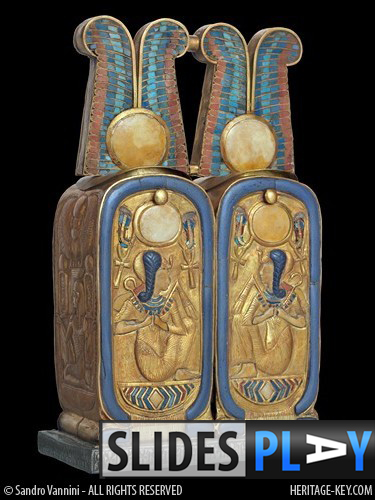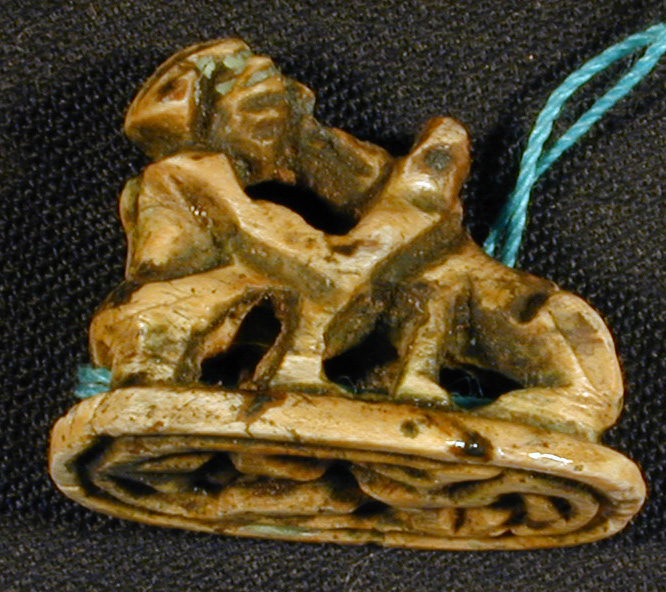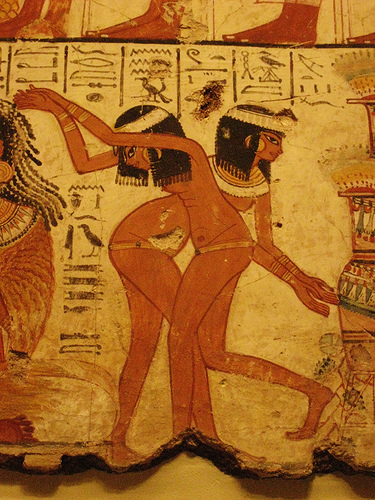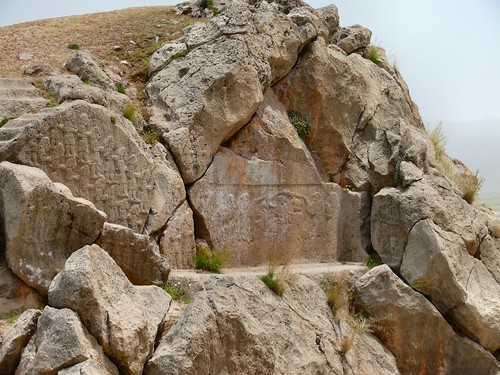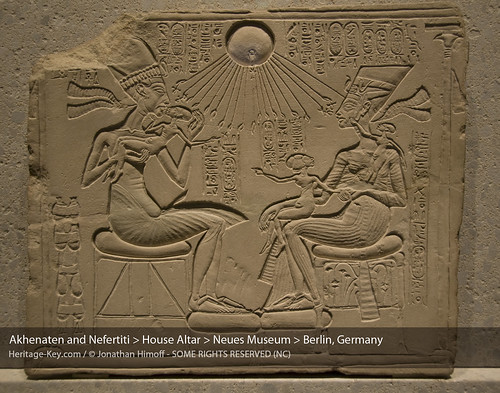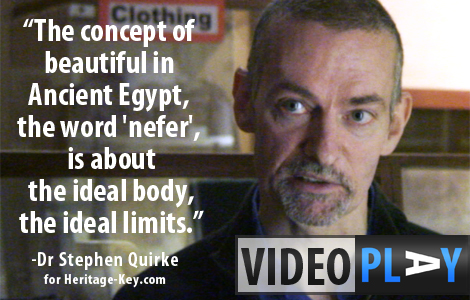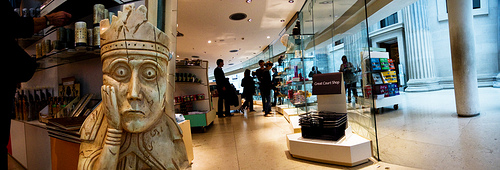The opening of Berlin’s Neues Museum and its ceremonial re-unveiling of the Bust of Nefertiti has provided a stark contrast to the recent climate on the repatriation of ancient artefacts. At the forefront of the debate is Zahi Hawass, chief of Egypt’s Supreme Council of Antiquities (SCA): marauding worldwide with dossiers in hand, strong-arming museums into giving Egypt back its most prized possessions. Dr Hawass even sent one of his antiquities droogs to Berlin this month with a letter for the Neues‘ director. One can imagine it won’t be a shining eulogy to his work. Dr Hawass’ Famous Five “We…
-
-
Its been nearly one month since Afghanistan: Hidden Treasures from the National Museum, Kabulwent on display in Ottawa, at the Canadian Museum of Civilization. For that entire time there has been a strike on – with 400 workers manning picket lines. The strikers include educational staff and tour guides. The museum is a crown corporation – owned by the federal government. People who want to see the exhibit have had to crossthe line to go and see it. There have been no talks since early October. Wages, job security and the contracting out of jobs have been themajor bones of…
-
We are just one week away from King Tuts stop at theArt Gallery of Ontario, in Toronto Canada. The Canadian exhibition will feature artefacts from the Tutankhamuns reign including the largest statue of King Tut ever found. The exhibit aims to go beyond Tut andgive viewers a lookat what Egypt was like during the Amarna period. On November 20, Heritage Key will be at at the media preview of the King Tut exhibit. We will be publishing a fullwrite-up before it opens on November 24. In conjunction with the Tut exhibit, the art gallery will be holding a lecture series…
-
The Cartouche Cosmetic Box is one of numerous artefacts found inside the Tomb of King Tutankhamun (KV62) by famous Egyptologist Howard Carter. The discovery was made in the sarcophagus itself according to Carter, although it’s possible that the artefact was actually found in between the two outer shrines, as other cosmetic boxes were. At a height of just 16cm and width of 8.8cm, with a depth of 4.3cm, the Cartouche Cosmetic Box bears several symbols intricately carved on it. This beautiful artefact is just one of many of the Treasures of the Cairo Museum, the very museum which Dr Zahi…
-
Beverley Miles, a doctoral candidate at MacQuarie University in Australia, has been researching the relationship that dogs and humans had during the time that the pyramids were built. She presented her results at an Egyptology symposium in Toronto a week ago – and they are not for those of a delicate disposition! Shes found some pretty convincing evidence in the form of three pieces of art that dogs and humans shared a very close relationship. How close? Well, one artefact, pictured here, depicts a human male making mouth to muzzle contact with a dog. These objects are highly unusual, said…
-
One of the most unusual presentations on Egyptology that Ive seen in awhile took place at the Egypt symposium in Toronto recently. Professor Emeritus Vincent Tobin, of St. Marys University, has been translating and analyzing Late Egyptian love poems, and finds that they reveal a rather risqu side to Egyptian life. The Egyptians were well aware of the more salacious aspects of love, said Tobin. For the Egyptians sexuality is part of human nature. He read a number of examples to the audience, which offer a unique insight into the sex lives of the ancient Egyptians: I shall lie down…
-
A leading language expert claims man’s first forays into the art world may be nothing more than ‘ancient doodles’. Dr Ekkehart Malotki, a professor at Northern Arizona University, told an audience at Deer Valley Rock Art Centre on Saturday the true meanings behind the world’s earliest images etched onto rocks will remain a mystery forever – and that they may have been spurred by nothing more than an inane desire to create. Malotki has laid out his theory in a book entitled ‘The Rock Art of Arizona: Art for Life’s Sake’. “The act of making the image was more important…
-
This beautiful stela from Amarna encapsulates the Amarna artistic style and the religion of the Aten in one place. It is not the only one of its kind, but it is one of exceptional workmanship and is in remarkable condition. Along with the bust of Nefertiti, it’s one of the highlights of the newly-opened Neues Museum in Berlin. The stela, or house altar, shows a relief of the royal family, with Nefertiti on the right, sitting opposite and facing her husband Akhenaten, with their three eldest daughters, Meritaten, Meketaten and Ankhesenpaaten, upon their laps. They are all seated beneath the…
-
There have been many great women in the times and study of Ancient Egypt – Hatshepsut and Nefertiti are two great examples. Yet in the era of discovery; the time in which great explorers pioneered the excavation of Egypt’s greatest treasures, one woman sticks out louder than Liberace in a dole queue. Cue Amelia Edwards, a Victorian writer and adventurer who bucked the conservative traditions of her time to help found one of London‘s greatest museums. We meet Petrie Museum curator Stephen Quirke at 10am on a bleak British morning, drizzling rain just about getting our umbrellas out in the…
-
The Lewis Hnefataflmen: doesnt quite have the same ring to it as the Lewis Chessmen, does it? But if what a new paper by a trio of heritage experts is saying is true, the famous 900-year-old set of ivory-carved pieces discovered on a Scottish island in 1831 may not be from a chess set at all, but rather an ancient Viking board game. The study also questions the popular notion of how the hoard came to end up on Lewis, and calls for new excavations at a site near to where they were reportedly found. Hnefatafl, which was popular in…




